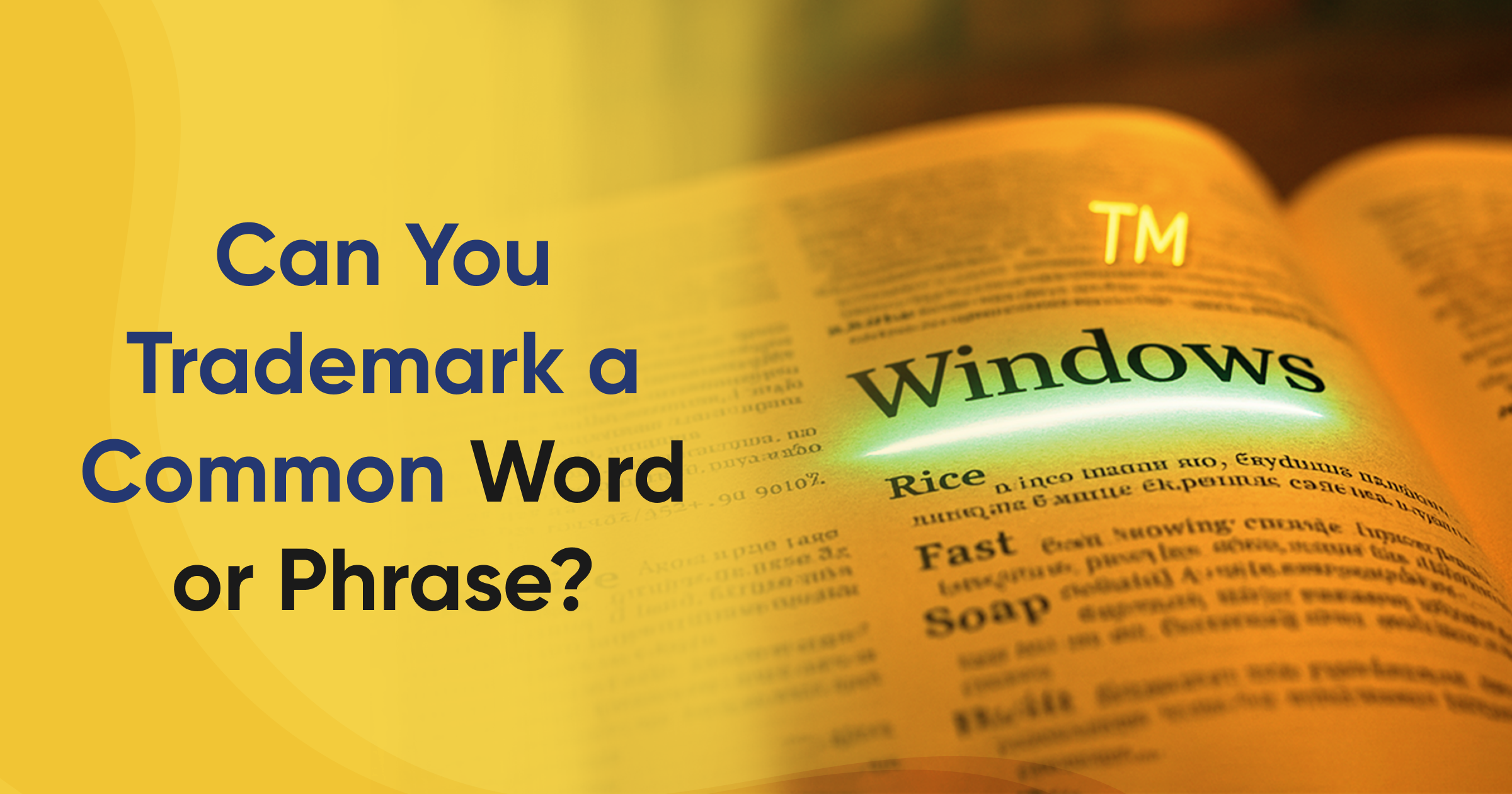At Trademarkia, we often encounter inventors, entrepreneurs, and businesses grappling with a critical decision: Should they patent their innovation or protect it as a trade secret? Each path has its benefits and challenges, and the choice can significantly impact the trajectory of your business. Let us guide you through this decision-making process and help you determine the best strategy for your innovation.
Understanding Patents and Trade Secrets
Patents provide inventors with exclusive rights to their inventions for a specified period, typically 20 years. This legal protection prevents others from making, using, or selling the invention without the inventor’s consent. To obtain a patent, an invention must meet three criteria: novelty, usefulness, and non-obviousness.
Trade secrets, on the other hand, are confidential business information that provides a competitive edge. Unlike patents, trade secrets are not registered with a government body. Their protection hinges on maintaining their secrecy through non-disclosure agreements (NDAs), secure data practices, and employee confidentiality agreements.
Key Factors to Consider
When deciding between a patent and a trade secret, consider the following factors:
1. Nature of the Innovation
- Patents are ideal for innovations that can be reverse-engineered or independently developed. For instance, a new pharmaceutical drug or a mechanical invention is better suited for patent protection.
- Trade secrets work best for proprietary processes, formulas, or algorithms that are difficult to deduce, such as Coca-Cola’s secret recipe.
2. Lifespan of the Innovation
- Patents have a finite duration. After the protection period, the invention enters the public domain.
- Trade secrets, in contrast, can last indefinitely as long as they remain confidential.
3. Cost Implications
- Patents involve significant costs, including filing fees, attorney fees, and maintenance fees. These costs can be prohibitive for startups or small businesses.
- Maintaining trade secrets is generally less expensive but requires robust security measures to prevent leaks.
4. Risk of Disclosure
- Patents require full disclosure of the invention, making the details public. This transparency can be a drawback if the patent’s protection period is insufficient to recoup investments.
- Trade secrets do not require disclosure, but the risk lies in potential theft or accidental exposure.
Advantages and Disadvantages
- Patents:
- Offer strong, enforceable rights through the legal system, giving inventors exclusive control over their creations.
- Have a finite duration of typically 20 years, after which the invention enters the public domain.
- Involve substantial costs, including application, legal, and maintenance fees, which can be a significant investment for businesses.
- Require full public disclosure of the invention, which can expose its details to competitors after the protection period ends.
- Trade Secrets:
- Relying on confidentiality rather than formal legal registration can make them more cost-effective.
- Can last indefinitely as long as the secrecy is maintained, providing long-term protection.
- Lack of the robust legal enforceability of patents, makes them harder to protect in cases of theft or misuse.
- Do not require public disclosure, maintaining a competitive edge as long as they remain confidential.
Real-World Examples
- Patents in Action: Consider the pharmaceutical industry. Companies like Pfizer patent their drugs to prevent competitors from manufacturing generics until the patent expires. This exclusivity allows them to recoup R&D costs.
- Trade Secrets in Action: Coca-Cola’s recipe is a prime example of a trade secret. The company has safeguarded its formula for over a century by keeping it a closely held secret.
Which Strategy Works Best for You?
The answer depends on your business objectives, the nature of your innovation, and your risk tolerance. Here are a few scenarios to guide you:
- Opt for patents if your innovation is groundbreaking, has a limited market lifespan, or you want the ability to license it to others.
- Choose trade secrets if your innovation is not easily reverse-engineered, provides long-term competitive advantage, and you can ensure its confidentiality.
Combining Both Strategies
In some cases, a hybrid approach may work best. For example, you might patent the core technology while keeping certain manufacturing processes as trade secrets. This dual strategy can maximize protection and flexibility.
Conclusion
Choosing between patents and trade secrets is not a one-size-fits-all decision. It requires a thorough understanding of your innovation, market dynamics, and long-term vision. With the right guidance like Trademarkia, you can make an informed choice that protects your innovation and drives business growth.







